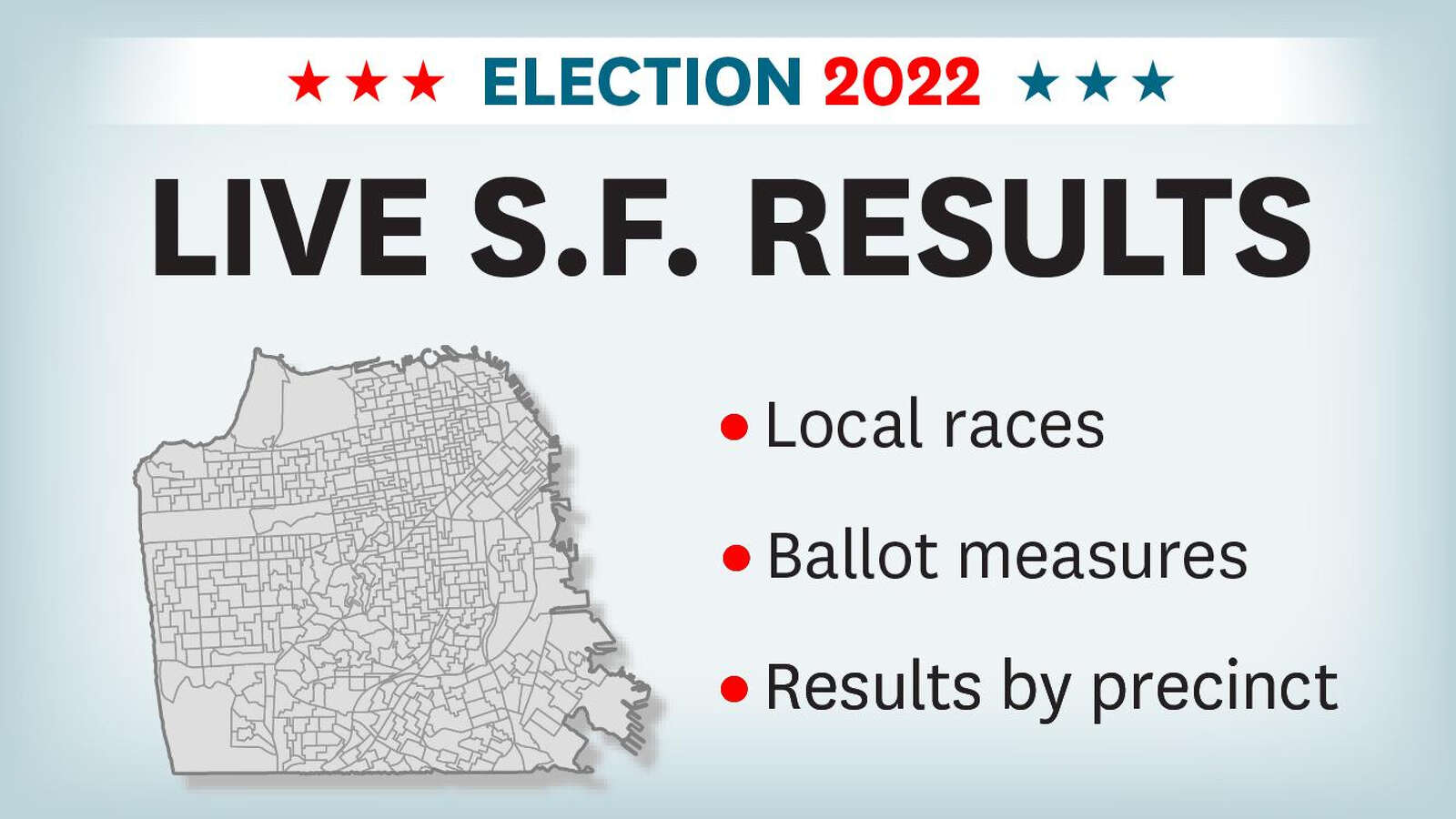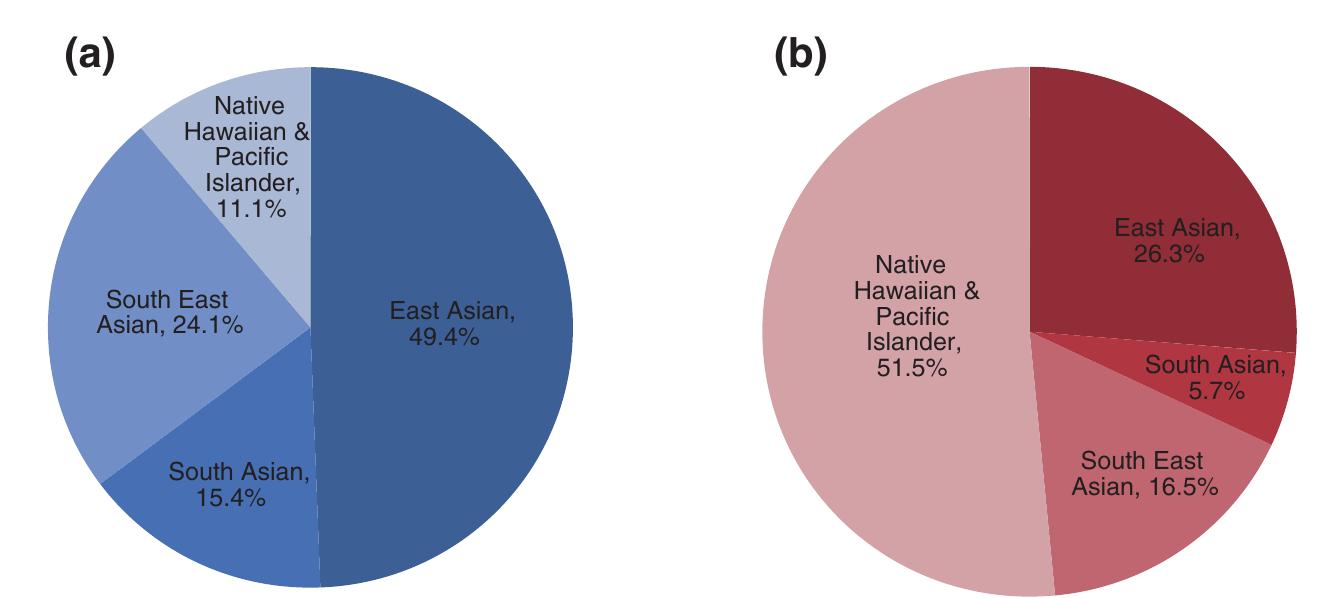Report on Service Disruption and Mitigation Efforts in Guilford County: An SDG Perspective
Incident Overview: A Challenge to Resilient Infrastructure (SDG 7 & SDG 11)
A power outage has resulted in the temporary closure of the Guilford County Health and Human Services building, located at 1203 Maple St. in Greensboro. This event underscores the critical dependence of essential public services on reliable energy infrastructure (Sustainable Development Goal 7: Affordable and Clean Energy) and highlights the need for resilient community facilities (SDG 11: Sustainable Cities and Communities) to ensure continuous access for all residents. The facility is expected to reopen on Wednesday, Aug. 6, for its normal operating hours of 8 a.m. to 5 p.m.
Impact on Social Protection and Well-being (SDG 1, SDG 3, SDG 10)
The temporary closure directly affects the delivery of services crucial to achieving several Sustainable Development Goals, including SDG 1 (No Poverty), SDG 3 (Good Health and Well-being), and SDG 10 (Reduced Inequalities). The county’s immediate response aims to mitigate the disruption to these vital support systems.
- Child Protective Services: A critical component of ensuring health and well-being (SDG 3) for vulnerable children.
- Adult Protective Services: Essential for protecting at-risk adults, contributing to community well-being (SDG 3) and reducing inequality (SDG 10).
- Social Services: Provides a safety net that is fundamental to poverty reduction efforts (SDG 1).
Ensuring Access to Food Security (SDG 2)
To uphold the commitment to SDG 2 (Zero Hunger), Guilford County has implemented contingency measures to ensure residents can continue to apply for Food and Nutrition Services. These alternatives are vital for maintaining food security for individuals and families facing hardship.
Application Options for Food and Nutrition Services:
- Apply directly online at epass.nc.gov.
- Download an application from the Guilford County Social Services webpage. Completed applications can be submitted via the following methods:
- Upload: dssdocuments.guilfordcountync.gov
- Mail: PO Box 3388, Greensboro NC 27402
- Fax: (844) 837-5835
Maintaining Institutional Responsiveness and Public Access (SDG 16)
In alignment with SDG 16 (Peace, Justice and Strong Institutions), the county is demonstrating institutional accountability by providing clear, alternative channels for service access. These actions ensure that the institution remains effective and accessible even during operational challenges.
Alternative Service Points and Contact Information:
- In-Person Assistance: The Social Services office in High Point is available at 325 E. Russell Ave.
- General Assistance: Call 336-641-3000.
- Child Protective Services: Call 336-641-3795.
- Adult Protective Services: Call 336-641-3137.
Residents are advised to monitor the official county website, guilfordcountync.gov, and the county’s social media channels for further updates.
Analysis of the Article in Relation to Sustainable Development Goals (SDGs)
1. Which SDGs are addressed or connected to the issues highlighted in the article?
The article, while brief, touches upon several Sustainable Development Goals by discussing the provision of and temporary disruption to essential public services. The relevant SDGs are:
- SDG 1: No Poverty – The article mentions Social Services and benefits which are fundamental social protection systems aimed at supporting the poor and vulnerable.
- SDG 2: Zero Hunger – The specific mention of “Food and Nutrition Services” directly connects to the goal of ending hunger and ensuring access to food.
- SDG 11: Sustainable Cities and Communities – The core issue of a power outage disrupting basic public services highlights the importance of resilient infrastructure in communities.
- SDG 16: Peace, Justice and Strong Institutions – The article is about the functioning of a public institution (Guilford County Health and Human Services) and its responsibility to provide services like Child and Adult Protective Services. The public announcement itself is an act of a transparent and accountable institution.
2. What specific targets under those SDGs can be identified based on the article’s content?
Based on the services and issues mentioned, the following specific SDG targets can be identified:
- Target 1.3: Implement nationally appropriate social protection systems and measures for all, including floors, and by 2030 achieve substantial coverage of the poor and the vulnerable.
- Explanation: The article discusses access to “Social Services” and “Food and Nutrition Services,” which are key components of a social protection system designed to assist vulnerable residents.
- Target 2.1: By 2030, end hunger and ensure access by all people, in particular the poor and people in vulnerable situations… to safe, nutritious and sufficient food all year round.
- Explanation: The provision of an online portal (epass.nc.gov) to apply for “Food and Nutrition Services” is a direct measure aimed at ensuring people can access food assistance.
- Target 11.1: By 2030, ensure access for all to adequate, safe and affordable housing and basic services…
- Explanation: The power outage caused a disruption to “basic services” provided by the county. The article details the effort to maintain access to these services, highlighting their importance for the community.
- Target 16.2: End abuse, exploitation, trafficking and all forms of violence against and torture of children.
- Explanation: The article provides a specific contact number for “Child Protective Services,” an essential service dedicated to protecting children from harm and abuse.
- Target 16.6: Develop effective, accountable and transparent institutions at all levels.
- Explanation: The public announcement itself, which informs residents of a service disruption and provides clear alternatives, is an example of an accountable and transparent institution in action. The provision of multiple contact and application methods (phone, web, mail, fax) demonstrates institutional effectiveness and responsiveness.
3. Are there any indicators mentioned or implied in the article that can be used to measure progress towards the identified targets?
The article does not contain quantitative data, but it implies several indicators used to measure the effectiveness and reach of these public services:
- For Target 1.3 (Social Protection): An implied indicator is the accessibility of social protection programs. The article shows that progress is measured by ensuring continuous access, even during infrastructure failures, by providing alternative offices, phone numbers, and online application portals. This points to an underlying goal of maintaining the “proportion of population covered by social protection systems.”
- For Target 2.1 (End Hunger): An implied indicator is the number of accessible channels for food benefit applications. By listing a website, downloadable forms, and various submission options (upload, mail, fax), the institution demonstrates it measures its success by its ability to receive and process applications for Food and Nutrition Services from the public.
- For Target 16.2 (Child Protection): An implied indicator is the existence and accessibility of a reporting mechanism for child abuse. Providing a dedicated phone number for Child Protective Services is a direct measure of having a system in place to address violence against children.
- For Target 16.6 (Effective Institutions): An implied indicator is the number and variety of channels available for citizens to access services. The article lists in-person, phone, web, mail, and fax options, indicating that the institution’s effectiveness is measured by its responsiveness and the inclusivity of its service delivery methods.
4. Summary Table of SDGs, Targets, and Indicators
| SDGs | Targets | Indicators Identified in Article |
|---|---|---|
| SDG 1: No Poverty | 1.3: Implement nationally appropriate social protection systems and measures for all. | The existence and continued accessibility of “Social Services” and benefits programs, even during a disruption. |
| SDG 2: Zero Hunger | 2.1: End hunger and ensure access by all people… to… sufficient food. | The provision of multiple application methods (online, mail, fax) for “Food and Nutrition Services.” |
| SDG 11: Sustainable Cities and Communities | 11.1: Ensure access for all to… basic services. | The institutional response to maintain access to basic social services after an infrastructure failure (power outage). |
| SDG 16: Peace, Justice and Strong Institutions | 16.2: End abuse… and all forms of violence against… children. | The provision of a dedicated and operational phone line for “Child Protective Services.” |
| SDG 16: Peace, Justice and Strong Institutions | 16.6: Develop effective, accountable and transparent institutions at all levels. | The issuance of a public notice about a service disruption and the provision of multiple alternative channels for citizen access. |
Source: guilfordcountync.gov







